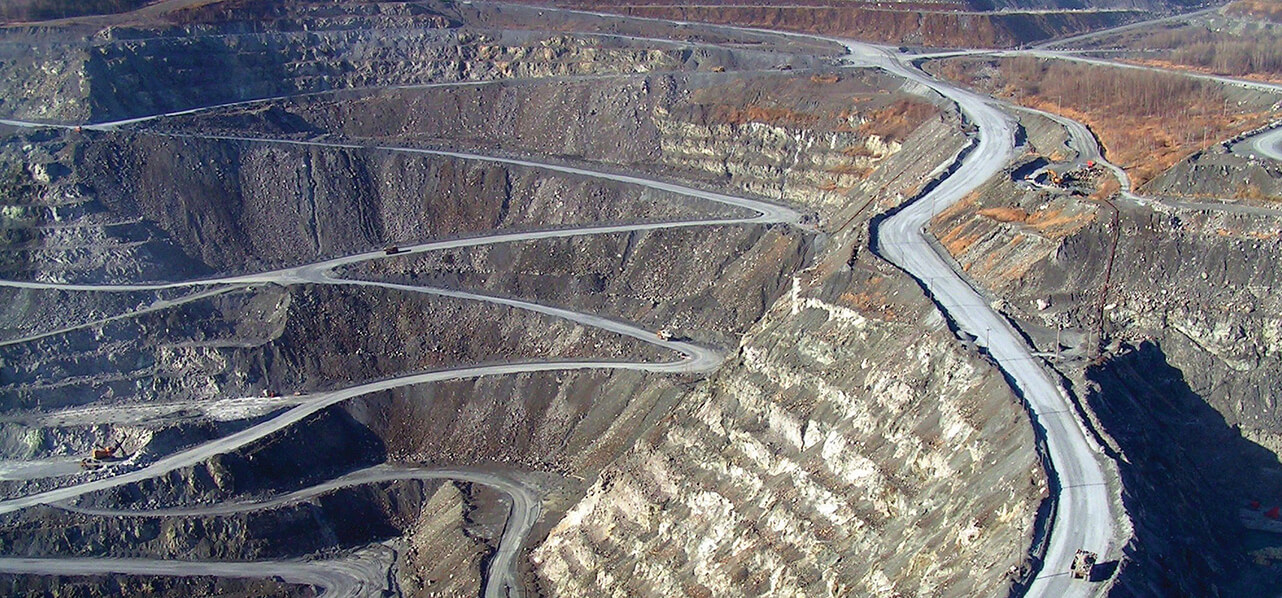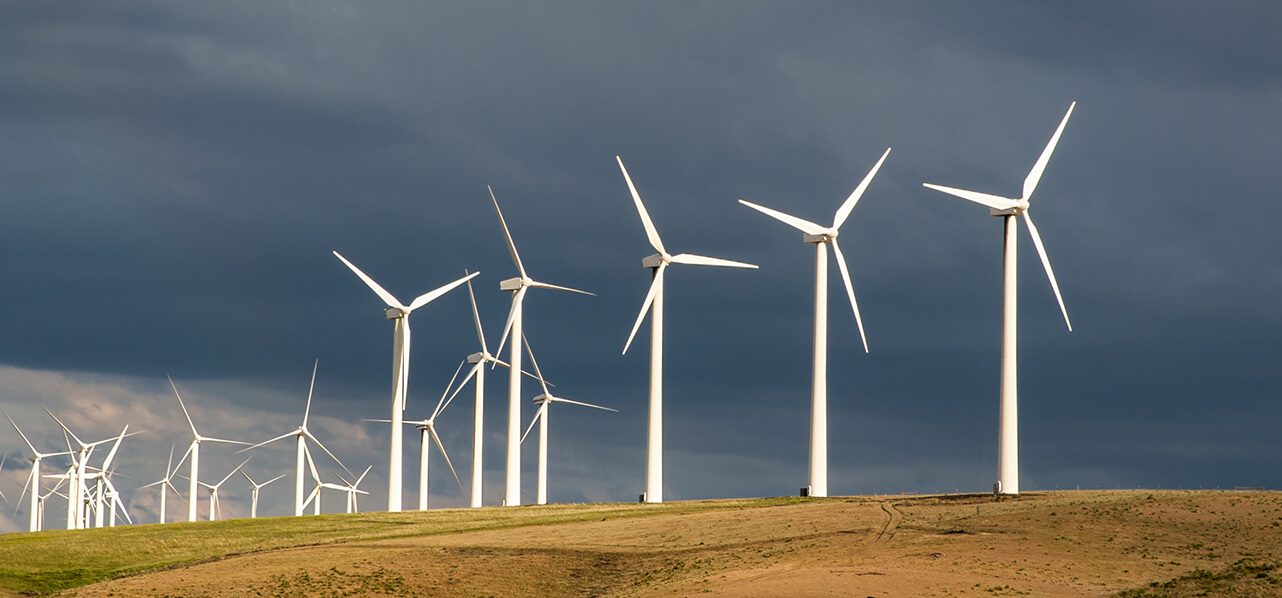Energy Act 2023: Enabling CCUS
Published in April 2023, the CCUS Net Zero Investment Roadmap (the “Roadmap”) made big promises in relation to Carbon Capture Usage and Storage (“CCUS”), stating that it “will play a critical role in the transition to net zero by 2050”. The Roadmap further stated that:
The UK is well placed to lead in CCUS globally with:





